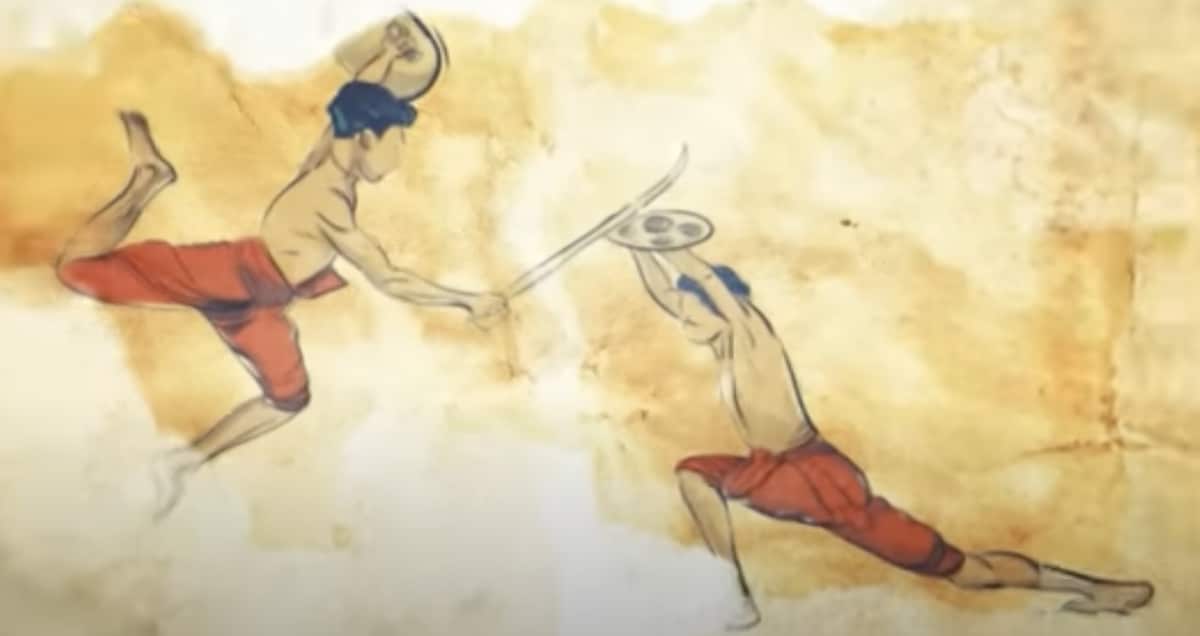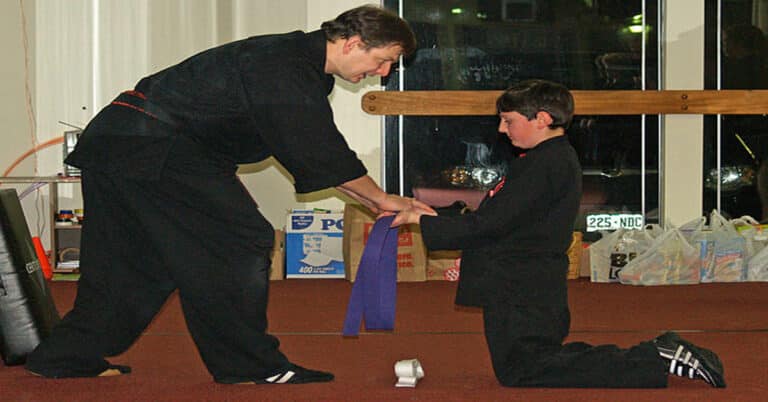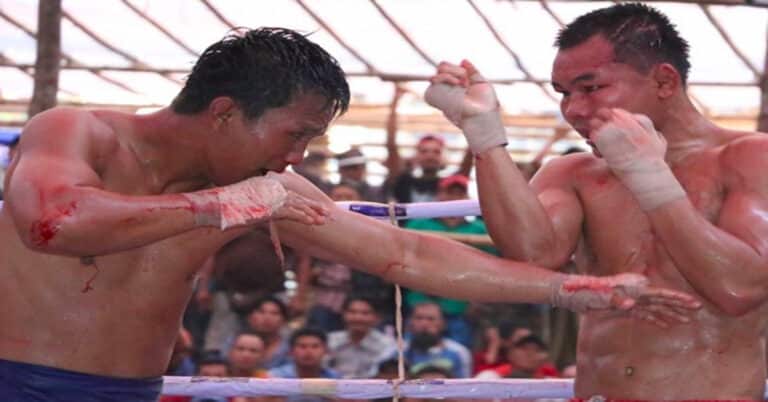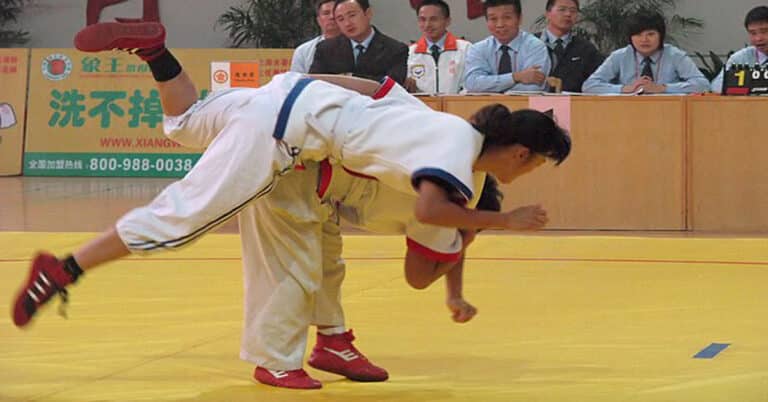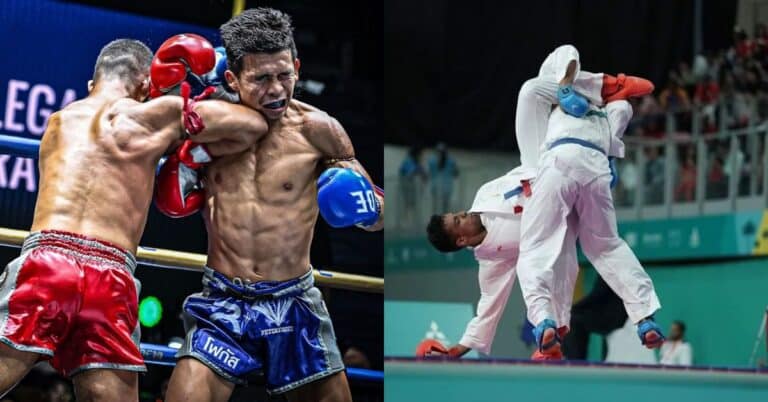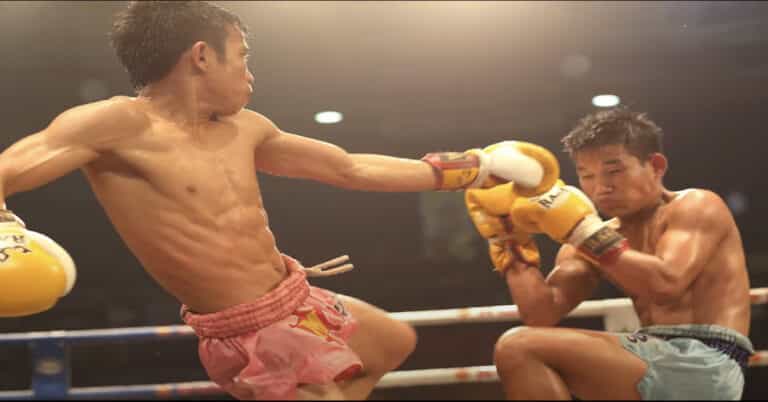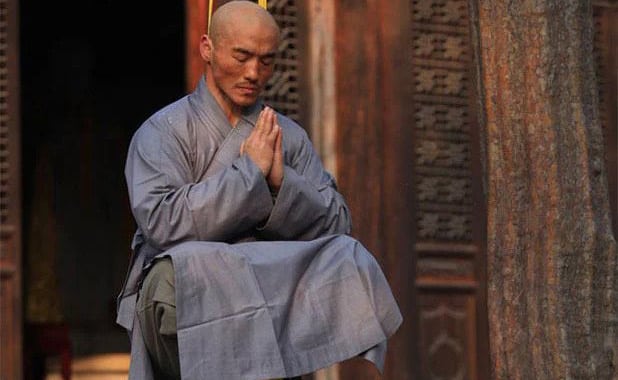Kalaripayattu: The Ancient Indian Martial Art
Kalaripayattu is one of the oldest martial arts in the world from India. It is arguably the oldest martial art in the world existence that is still widely practiced.
Here’s a breakdown of the ancient Indian martial art of Kalaripayattu. Giving you all of the details on this martial art, along with the history and legend of how it was developed.
What is Kalaripayattu?
Kalaripayattu, also known as “Kalari,” is an Indian martial art that was developed within the Indian state of Kerala. It is one of the oldest martial arts in the world, with a history that dates back to 300 B.C.
The word Kalaripayattu is the combination of the words “kalari” and “payattu.” Kalari means “training ground or battleground,” while payattu roughly translates to “the training of martial arts.”
It is one of the earliest hybrid martial arts that consists of various hand and weapon techniques. A martial art rooted in Hinduism and spiritualism that has withstood the test of time.
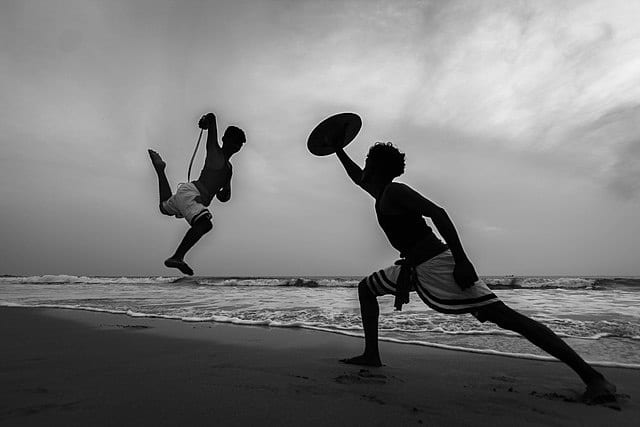
The Legend of Kalaripayattu
Before we review the factual history and origins, let’s talk about the legend. The martial is said to have been developed by the Hindu deity Shiva,
He taught the style to his sixth avatar, Parasurama. After lifting the land of Kerala from the sea, Parasurama would teach settlers the art of Kalaripayattu.
Parasurama was said to have opened 108 kalaris(schools) and taught 21 Kalaripayattu gurus(teachers).
The History of Kalaripayattu
The earliest precursors of Kalaripayattu that historians can pinpoint are around 600-300 B.C. This era in India was known as the Sangam period, which were known for their fierce warriors.
Each of the Sangam soldiers received proper training from the military. Most of the techniques would be taught within the art.
They would be taught various forms of combat, both with weapons and without weapons. Then, on top of hand-to-hand combat, the soldiers learned to mount attacks on top of horses and elephants.
Kalaripayattu in the Medieval Period
After centuries of being developed, Kalaripayattu would become an important aspect of feudal Keralaite society. The state was known for producing the best warriors, and each village had its own kalaris.
Young Kalaripayattu practitioners from the village would live and train within these kalaris. Other students who finished their academics were also appointed to learn Kalaripayattu for their mandatory military training.
This time was considered the golden age.
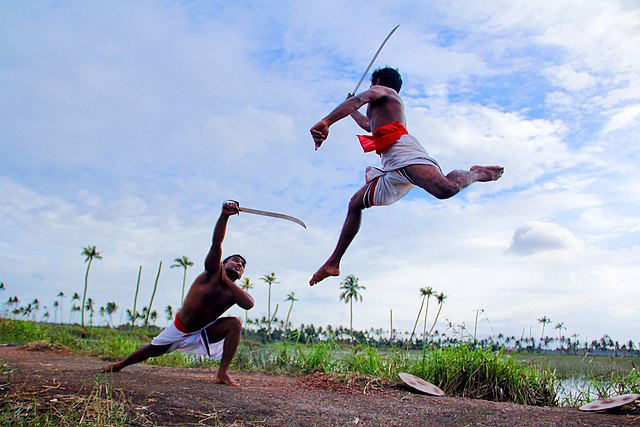
The Ban of Kalaripayattu
The Indian people suffered two centuries of occupation by the British. Starting in 1805 and ending around 1920, Kalaripayattu was banned in India.
The ban would lead many Kalaripayattu gurus to begin preserving the martial art in secret. Famous gurus like Kottakkal Gurukkal, Kovilkandi Kelu Kurup Gurukkal, and Maroli Ramunni Gurukkal.
Throughout the 18th century, these Kalaripayattu masters were able to save the martial art. Once the British occupation of India ended in the 1920s, Kalaripayattu was able to be once again taught publicly.
The Preservation
Thanks to the Indian state of Kerala and numerous Kalapayattu practitioners, the martial art has successfully been preserved. The Government of Kerala opened the Kalaripayattu Academy, managed by the Kerala Department of Tourism.
The Practie of Kalaripayattu
The practice of Kalaripayattu varies on the region of India it is practiced within. Despite the differences in their teachings, the kalaris all abide by the same rules.
Each kalari must be built in accordance with Hindu architectural treatises, like the Vastu Shastras. All kalaris must have the same dimensions for training areas and consist of specific red sand.
The location of the school must be in a specific place with the entrance of the kalari facing east. Historically, all residents of Kerala would undergo military training at the age of 7 to 9.
Later in history, community members began practicing martial arts as a hobby and learning self-defense.
No matter how or when the martial art is taught, the principles are the same. Learn to be adept in various types of fighting so you can be prepared for anything you may face.
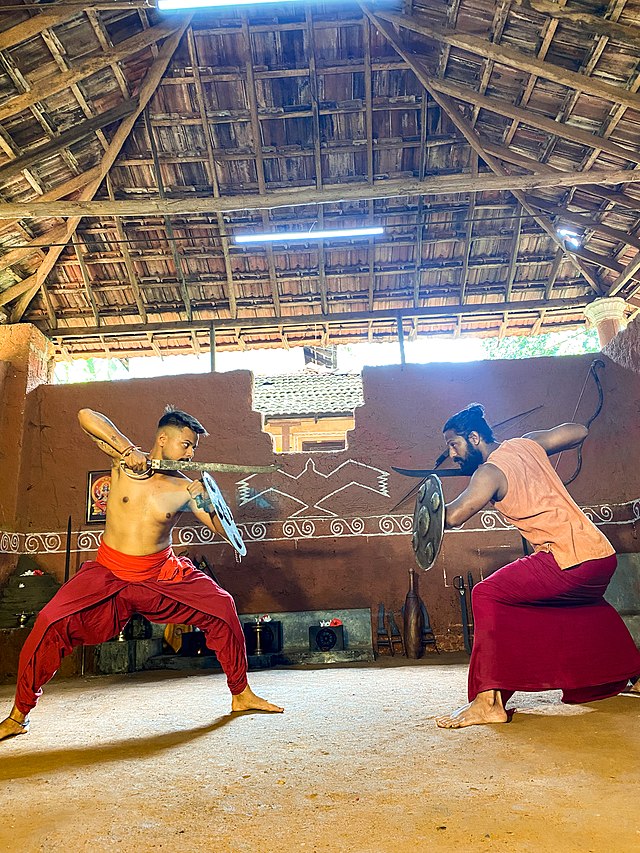
The Styles of Kalaripayattu
In India, two main types of Kalaripayattu are practiced within the country. The northern style is known as “Vadakkan Kalari” and the southern style is called “Thekkan Kalari.”
Vadakkan Kalari is predominantly practiced within the Malabar region of Kerala. It is based on elegant and flexible movements and various types of weapons training.
Thekkan Kalari is the southern Kerala-style that emphasizes hand-to-hand combat and pressure point attacks.
There are also lesser styles of Kalaripayattu, called “Madhya Kalari” and “Tulundan Kalari.”
Marmashastram & Massages
One of the main points of Kalaripayattu was striking your enemy in their vital points. You can quickly kill and end the fight by striking them at their vital points.
They call these types of vital point-striking techniques “marmashastram.” The ancient books listed 107 vital points in the body, with 64 of them being deadly.
But not only is the martial art of Kalaripayattu about attacks, but also medicine. Many of the early gurus wrote manuals detailing the benefits of traditional medicine and massages.
By healing and massaging the body, a person can become healthier overall. They become more flexible, their technique gets better, and they have a better quality of life.
Uniform & Weapons
Kalaripayattu students have a specific uniform they must wear during training in kerala. Here are the details of the five pieces of clothing that must be worn during practice.
- Mundu: A traditional wrap-around cloth that is similar to a dhoti that men in Southern India wear
- Uppada: A cloth belt that is tied around the waist over the mundu to prevent it from moving during training.
- Chatta: The top garment is generally a breathable vest made of light material. Allowing practitioners to move freely without restrictions.
- Armbands/Anklets: Practitioners wear armbands or anklets made of cloth or leather.
- Sandalwood Paste: Some practitioners might slather on sandalwood paster for religious reasons.
- No Shoes
- Hair: Practitioners with long hair will generally tie their hair up into a knot or bun before training.
The Techniques of Kalaripayattu?
The techniques of Kalaripayattu are broken down into seven categories. Each of the seven categories that were given specific names.
- Meippayattu (Physical Training)
- Kolthari (Wooden Weapons)
- Angathari (Metal Weapons)
- Verumkai (Bare-Handed Combat)
- Marma (Vital Points)
- Chuvada (Forms or Patterns)
Meippayattu (Physical Training)
This is the part of training that focuses of improving the physical aspects of a student’s abilities. Putting them through extensive training routines to improve their strength, flexibility, agility, and stamina.
Kolthari (Wooden Weapons)
This part of the martial arts focuses on the practice of using wooden weapons. During this phase of training, students learn how to use everything from staffs, sticks, and wooden swords.
Angathari (Metal Weapons)
Once the wooden weapons are mastered, students can begin learning how to handle metal weapons. Learning how to use swords and daggers and how to manage their weights.
Verumkai (Bare-Handed Combat)
Verumika is the hand-to-hand-combat techniques that are taught in Kalaripayattu. Students are taught everything from striking to grappling in this facet of training.
Marma (Vital Points)
Marma is the practice of attacking the 107 vital points that were previously mentioned.
Chuvada (Forms or Patters)
Then, to learn the movements of using the weapons, students will go through chuvadas, which are forms or patterns. These chuvadas teach them how to move with their weapons in combat.
Other Technique Names in Kalaripayattu
Kalaripayattu also has various names for different types of techniques within these facets of training.
- Ad Mural: Striking Techniques
- Thirumukham: Techniques Involving Facial Expression
- Ashtavadivu & Pratikara: Defensive Techniques
- Neduvadivu: Ground Fighting Techniques
Do Women Practice Kalaripayattu?
Yes, there are many female Kalaripayattu practitioners in the world. In 2017, 73-year-old Sri Meenakshi Amma was awarded the Padma Sri by the government of India. Thanking Sri for her accomplishments in preserving Kalaripayattu.
What is Something Special About Kalaripayattu Training?
The special thing about training is that students learn how to use weapons before hand-to-hand techniques. Once students know how to defend themselves with a weapon, they can learn to defend themselves without one.
Is Kalaripayattu an Effective Martial Art?
Kalaripayattu is a rich martial art with thousands of years of history. The martial arts’s ability to withstand the test of time and continue to be practiced shows that it’s an effective fighting style.
In Kalaripayattu, you learn everything from weapons training to hand-to-hand combat. It’s a well-rounded martial art that is more than effective to learn to improve self-defense skills.

